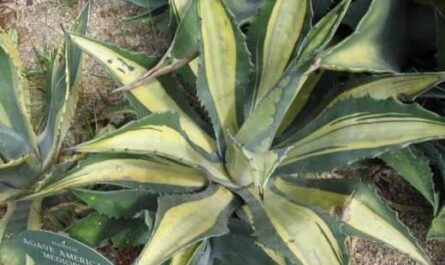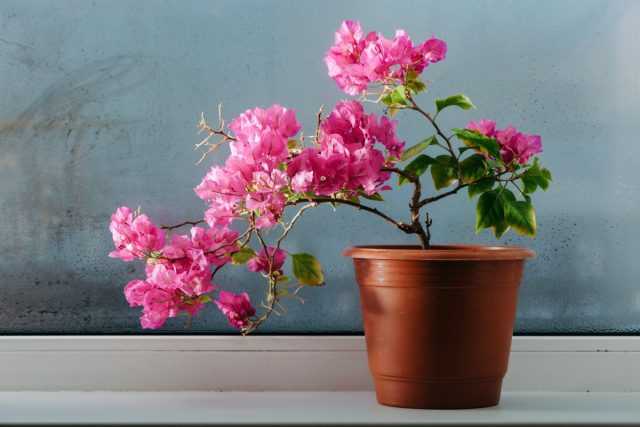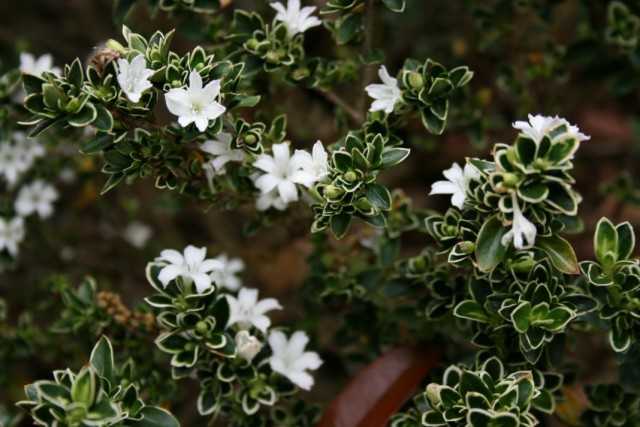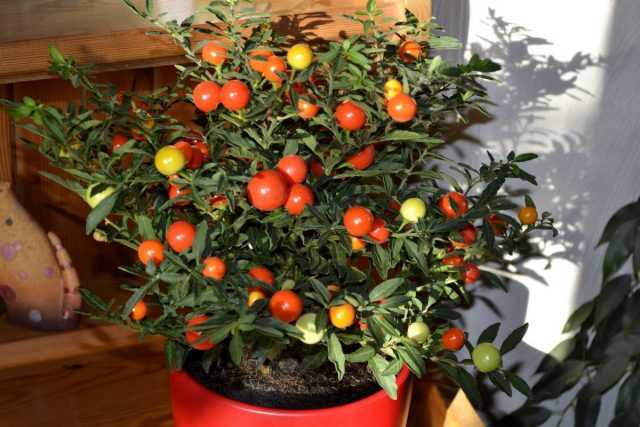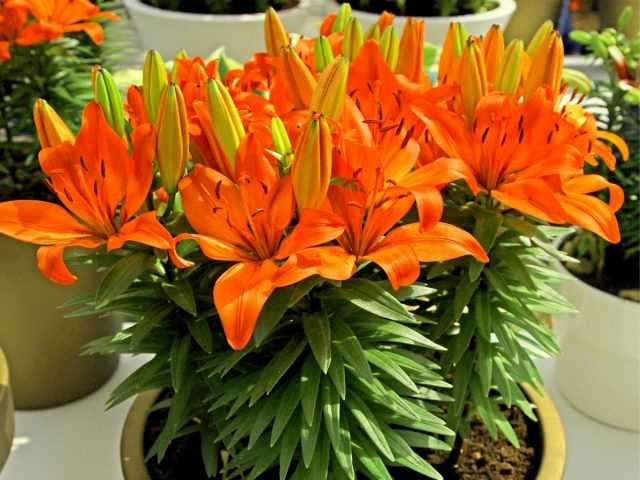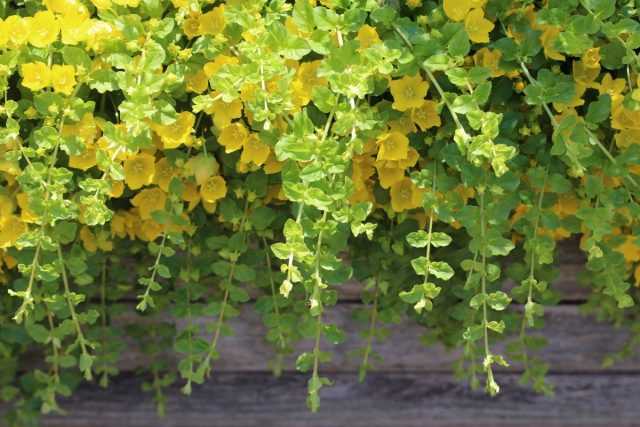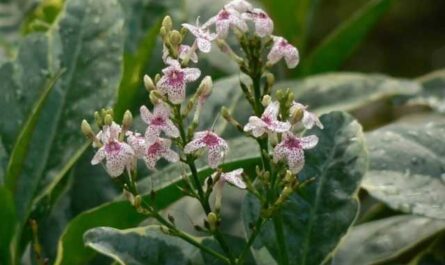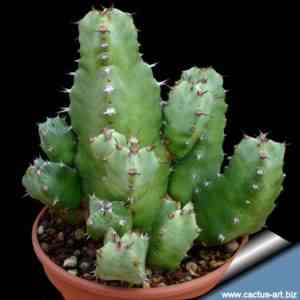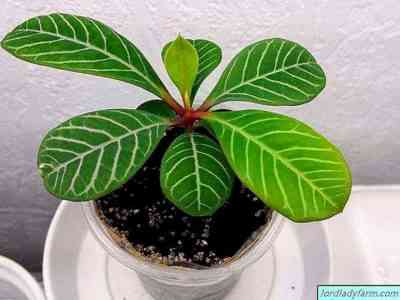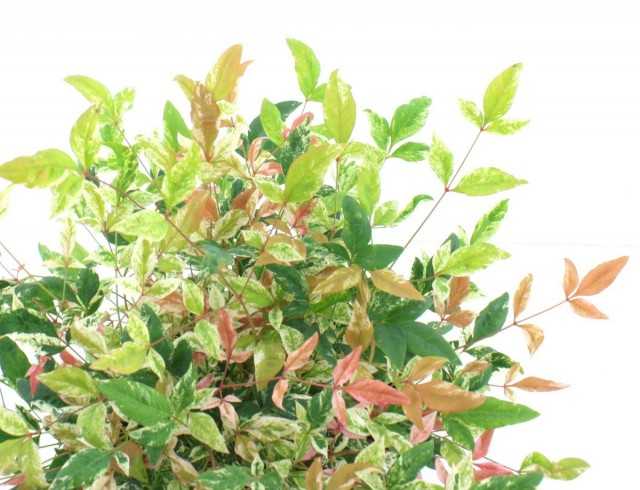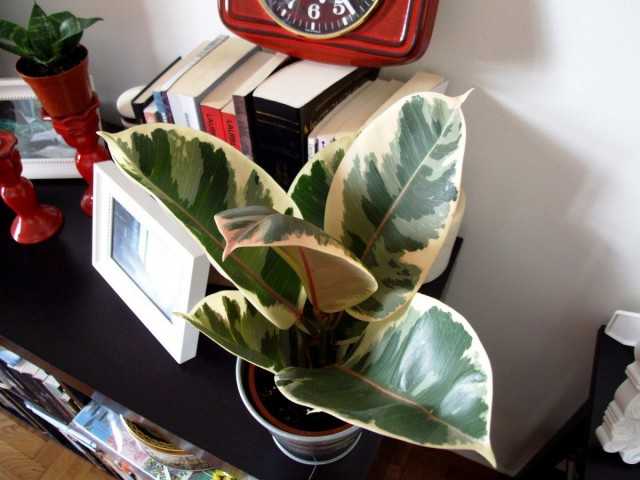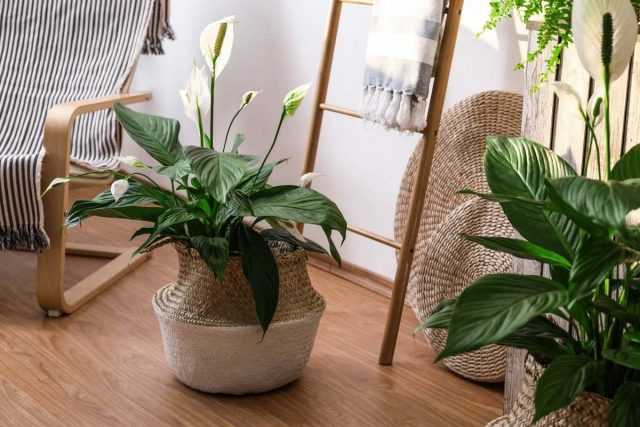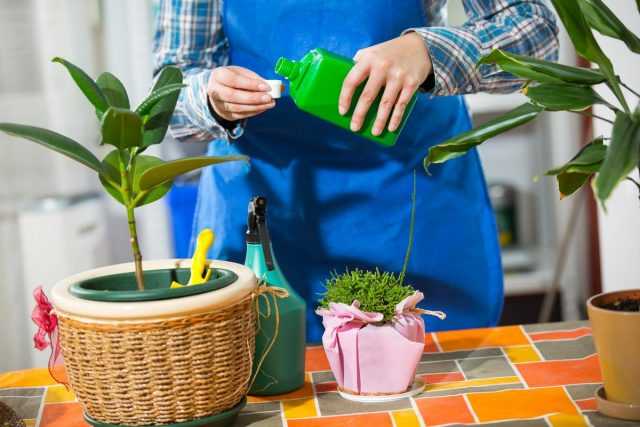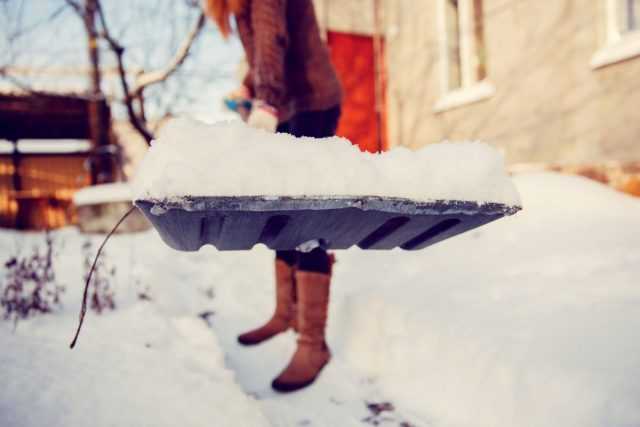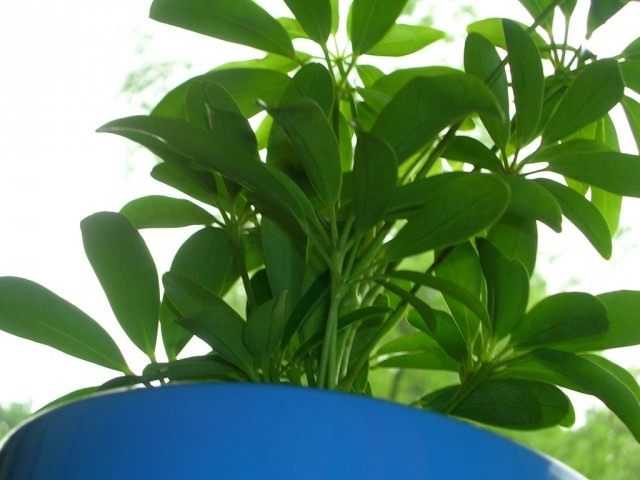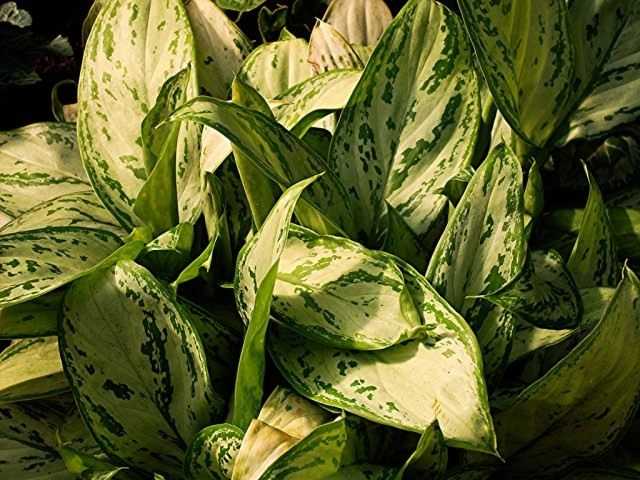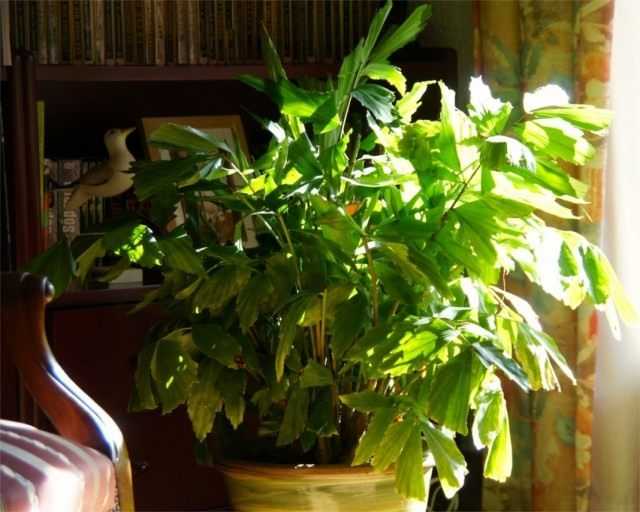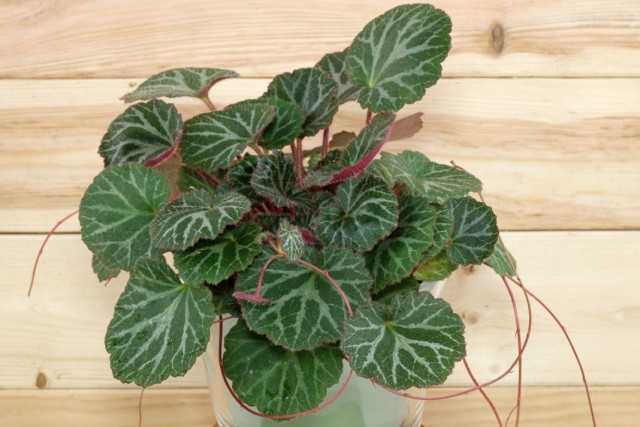Everyone in the apartment has a corner that they want to decorate with plants, but, unfortunately, it is far from the window and there is not enough light. Of course, perhaps not a single plant can do without the sun, but there are some that could be grown far from the window in low light. What kind of plants could it be? Let’s figure it out.
Peperomia in the back of the room
Contents:
The most shade-tolerant indoor plants
The most shade-tolerant indoor plants are plants of two families:
- Marantovaya (Marantaceae) – shade-tolerant plants, they prefer diffused light or light partial shade. Some direct sunlight is only acceptable in the early morning or late afternoon. If the light is too intense, the plant can get burned or simply lose the color of the leaves. Arrowroot is one of the few plants that can be grown entirely under artificial light.
- Aroid (Araceae) – in spring and summer you need shading from midday sunlight, and in winter the lighting should be very good, so direct rays are only useful.
Of course, it is worth understanding that you cannot grow flowering plants in a shady corner, therefore, for the most part, the plants that suit us are decorative deciduous. In addition, not all plants among them will be able to feel favorable in such a place. I would like to warn you that the well-being of your pets depends on many factors, such as: the distance from the window (natural light), the location of the windows, what kind of care they are provided with, whether there is additional lighting.
It seems advisable to arrange the names of plants in descending order of shade tolerance. The list of plants that I offer you is based on personal observations and observations of other flower growers.
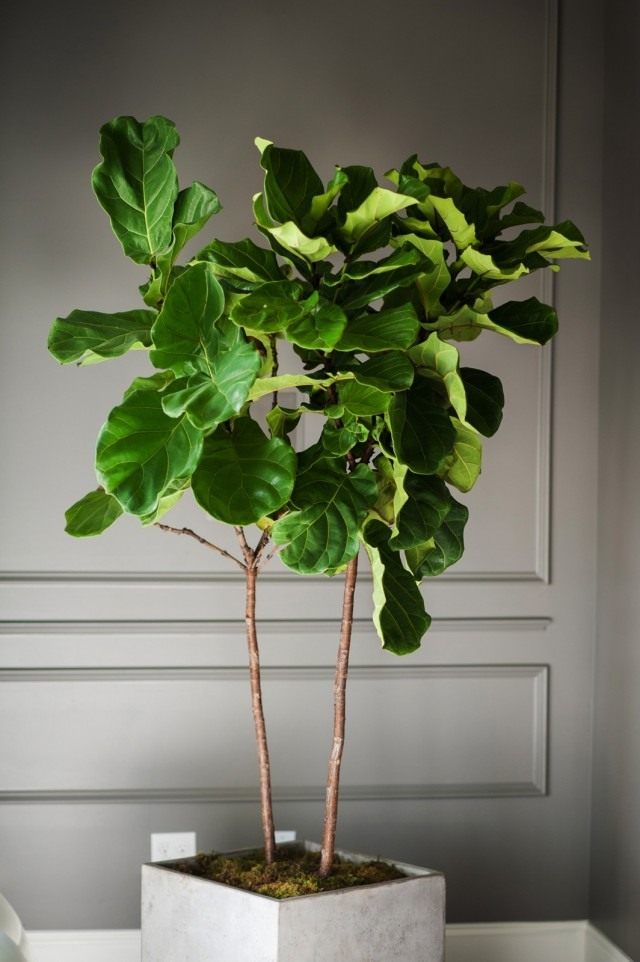
Plants that tolerate strong shading and do not require additional lighting
- Aspidistra (Aspidistra) – transfers strong shading.
- Aucuba (Aucuba) – the genus Aucuba has 3 species of shrubs from the cornelian family (Cornaceae). According to the latest data, the genus belongs to the Garryaceae family, also occurs as the Aucubaceae family. Aucuba is an inhabitant of subtropical forests so shade-tolerant that in the deep shadow of forests, in the undergrowth, except for aucuba, sometimes nothing grows.
- Palisot (Palisota) Is a rare plant. Belongs to the commeline family. Delivers significant shading.
- Pellionia (Pellionia) – a rare houseplant from the Nettle family (Urticaceae) is a shade-tolerant plant, but it is best to place it in partial shade.
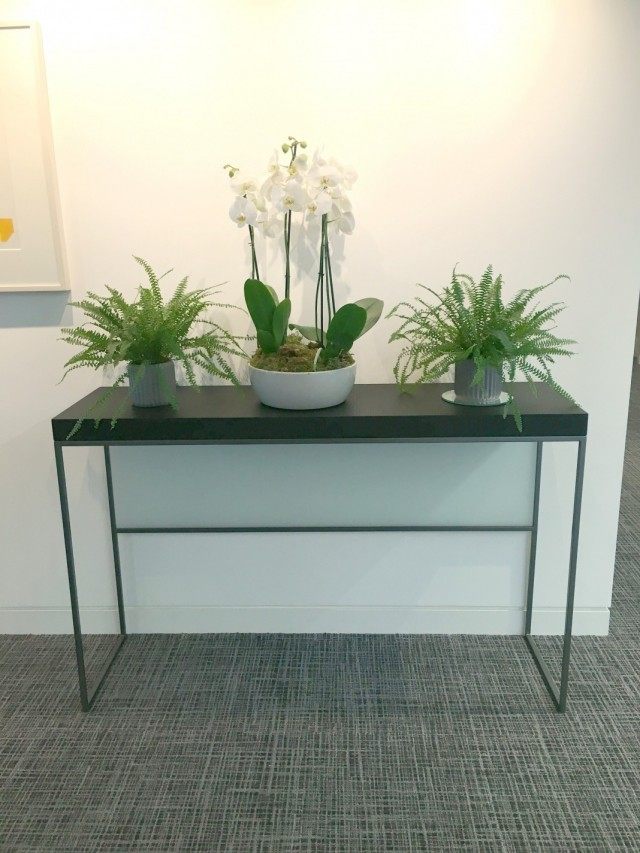
Plants that tolerate shading and require additional lighting
- Aglaonema (Aglaonema) Is a relative of dieffenbachia and therefore is somewhat similar to it, differs only in narrower leaves, the size of the aglaonema is much smaller than dieffenbachia, and the plant itself has the shape of a bush. Requires additional lighting in winter
- Alocasia (Alocasia) – a beautiful houseplant, with large arrow-oval (or heart-shaped) leaves, of which there are no more than 6-7. In winter, it requires additional lighting.
- Anthurium (Anthurium) – grown as a flowering and decorative deciduous plant, as well as for cutting. With a lack of light, the leaves are small, the flowers lose their color.
- Asplenium (Asplenium) – in culture it is represented by several species, outwardly very different from each other. Cultivated in humid and warm greenhouses and rooms.
- Deciduous begonias – begonias do not like direct sunlight, preferring partial shade. If the begonia stands directly on the window, it receives enough light for development, but it can burn in direct sunlight, so it should be shaded from the direct sun. Some begonias do well in low light conditions, such as in northern windows. When determining a place for begonias in a room, one should take into account the individual need for illumination of a particular species or variety. Decorative leaf begonias are neutral day plants. They grow and bloom well with both short and long daylight hours. The most shade-tolerant varieties: B. x Bow-arriola, B. hogweed, B. vine-leaved, B. diadem, B. yellow, diff. Colored-leaved, B. red-leaved, B. variegated, or multi-colored, B. Richardson, B. Fista, B. fuchsia, B. Schmidt, B. silver-spotted – requires year-round shading;
- Dieffenbachia (Dieffenbachia) – requires additional lighting in winter;
- Dracaena (Dracaena) – intense light is needed for good growth and development. Variegated forms require more lighting than forms with green leaves. If there is enough light in the summer, then in winter the dracaena should be rearranged closer to the window, since in winter there is usually not enough light. Dracaena grows well under artificial lighting.
- Ktenanta (Ctenanthe) – partial shade, in bright light and in a too dark place, the color of the leaves is lost. Direct sunlight should be avoided. In winter, plants should not be placed close to window panes;
- Mühlenbeck (Muehlenbeckia) Is a light-loving plant, but the hot midday sun can kill it;
- Nephrolepis (Nephrolepis) – can grow in rather dark places, but the bush will be liquid and ugly;
- Ostyanka, or Oplismenus (Oplismenus) – oplismenus is a rather shade-tolerant plant, but it is better to keep it in diffused light;
- Serpentine, or Ophiopogon (Ophiopogon) – unpretentious to the light regime, feels great both in intense sunlight, and in a more shaded place;
- Ivy, or Hedera (Hedera) – ivy does not tolerate direct sunlight, but (especially variegated forms) prefers a well-lit place, and does not like changing location in relation to the light source. Ivy of green varieties can be classified as shade-tolerant, but it is still desirable to give it a bright place. In winter, a lighter location is needed;
- Fittonia (Fittonia) – partial shade, in bright light and in a too dark place, the color of the leaves fades. Protect from direct sunlight. In winter, plants should not be placed close to window panes.
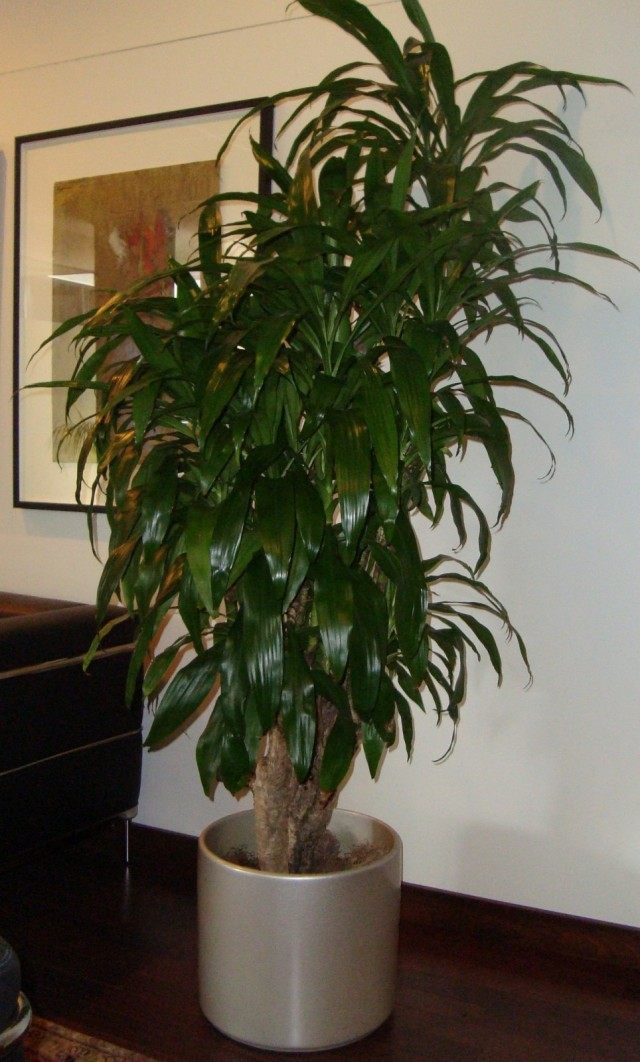
Plants that tolerate light shade and require backlighting
- Brunfelsia (Brunfelsia) – Brunfelsia prefer diffused shade, at the same time it was noted that in the open field culture in a humid climate, some species (B. pauciflora) develop well in the sun and in partial shade;
- Calathea (Calathea) – although calatheas are not as whimsical as arrowroots in relation to air humidity, they also prefer high humidity. Also, plants do not tolerate temperature changes well. Ideal placement for kalateas is a closed flower window;
- Cordilina (Cordyline) – a bright place, partial shade, does not tolerate direct sunlight. Many consider cordilina, like dracaena, to be a shade-loving plant, but in fact, in a dark place, it will stagnate and shrink. Intense light is needed for good growth and development. Variegated forms require more lighting than forms with green leaves. If there is enough light in the summer, then in winter the cordilines must be rearranged closer to the window, since in winter there is usually not enough light;
- Privet (Ligustrum) – ligustrum will adapt to any conditions of detention. Ligustrum loves the sun, but grows well in partial shade;
- Maranta (Maranta) – leaves have the ability to change their direction: leaf blades under favorable conditions are located almost horizontally, and with a lack of lighting or under other unfavorable conditions, they rise up and fold together;
- Monstera (Monstera) – does not tolerate direct sunlight. Many people believe that the monstera is shade-loving and put it in the darkest corner – this is not right. In fact, the monstera is shade-tolerant, and the best place for it is where there is bright, but diffused light or light partial shade.
- Large-leaved podocarp, or Large-leaved leg (Podocarpus macrophyllus) – withstands shade, although, like any normal plant, prefers good lighting;
- Peperomia (Peperomia) – species of peperomia with dark green leaves grow in light partial shade, variegated species are more photophilous. In winter, good lighting is required, otherwise the leaves begin to shrink and lose color, so by winter, rearrange the peperomia closer to the window;
- Tar seed (Pittosporum) – can tolerate shading, but in this case it blooms worse;
- Syngonium (Syngonium) – species of syngonium with dark green leaves tolerate light partial shade, variegated varieties are more photophilous;
- Yew head (Cephalotaxus) – an evergreen columnar shrub, strictly vertical, slightly branched, with very densely spaced branches, more funnel-shaped or rounded-barrel-shaped with age, resembles a dark green, columnar yew with coarse scales; grows slowly;
- Fatsia (Fatsia) – tolerates partial shade, requires good lighting in winter;
- Philodendron (Philodendron) – representatives of the genus are climbing vines, creeping, with woody or semi-herbaceous branches and shoots, as well as with long aerial roots;
- Hamedoraea, or “bamboo palm” (Chamaedorea) – prefers bright diffused light, tolerates some shading. It can tolerate a small amount of direct sunlight; in summer, the palm tree is shaded from them;
- Cissus (Cissus) – Antarctic and multicolored cissus do not tolerate the direct sun and can grow in a shaded place, but a place near the east or west window is especially good for them;
- Eucharis (Eucharis) – during the flowering period – a wonderful specimen plant that can decorate the shelves in the office, bookshelves in the office, bedside tables, coffee tables and even a bathroom (of course, with a window). During dormant periods, its luscious, dark green leaves make the perfect backdrop for a potted plant arrangement. In the winter garden, eucharis is best placed under the canopy of large plants;
- Ficus (Rubber plant) – stable in indoor conditions, suitable for residential and office premises, winter gardens. Ficuses are very beautiful in the interior. Climbing and creeping are effective in hanging ceramic vases. They grow quickly, relatively not demanding on light.

I would be glad if you also share your experience, observations about those plants that could be grown in shaded areas of apartments.


